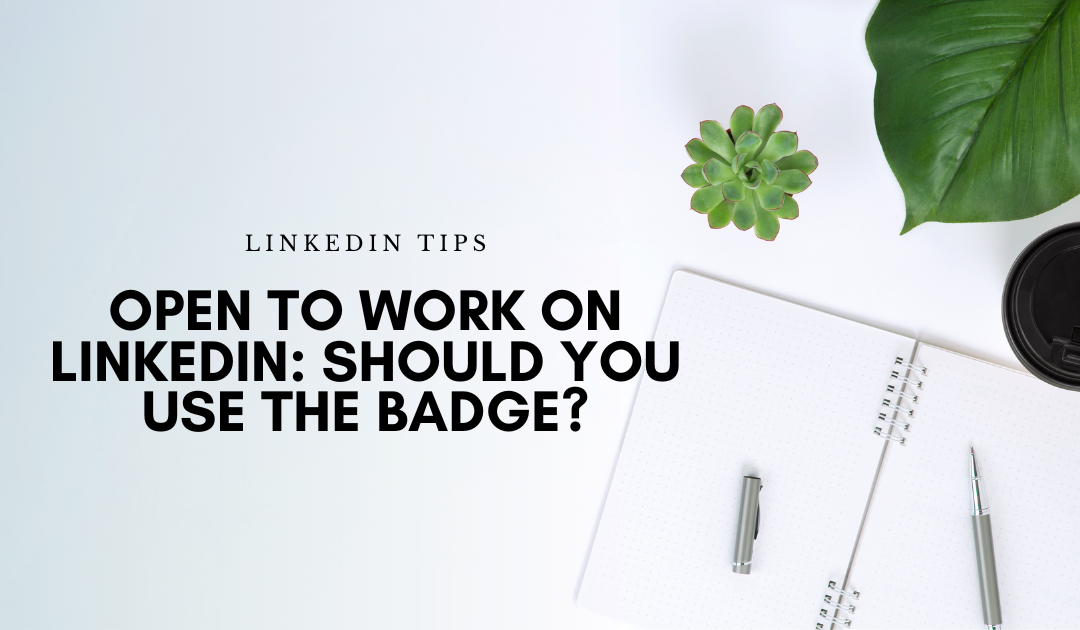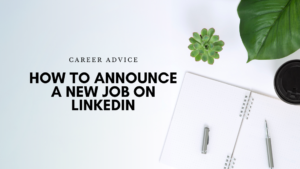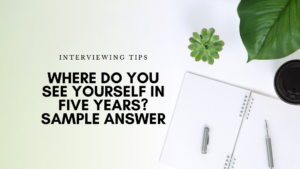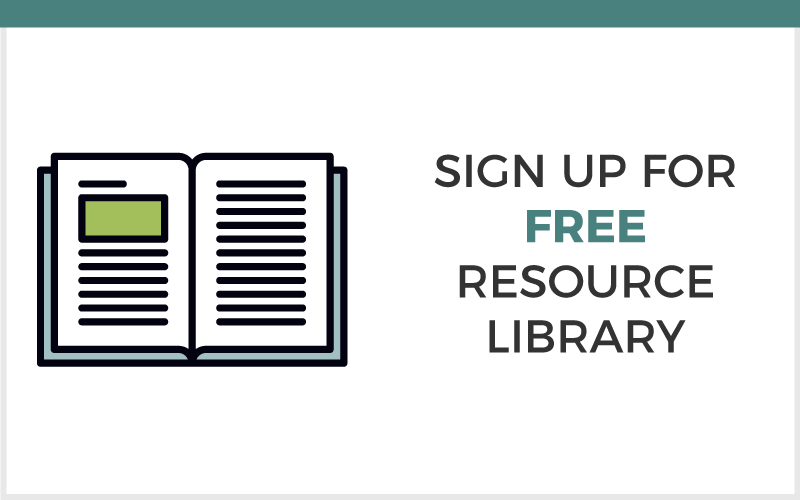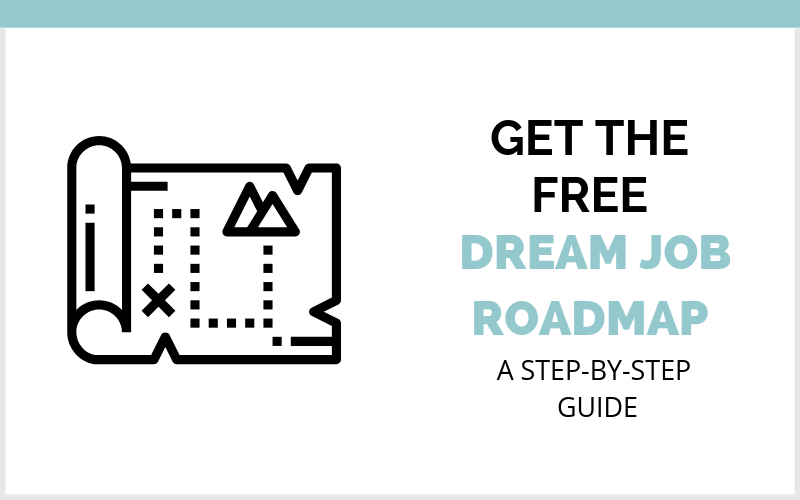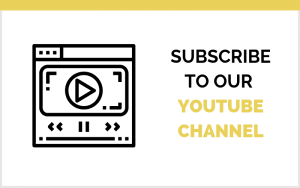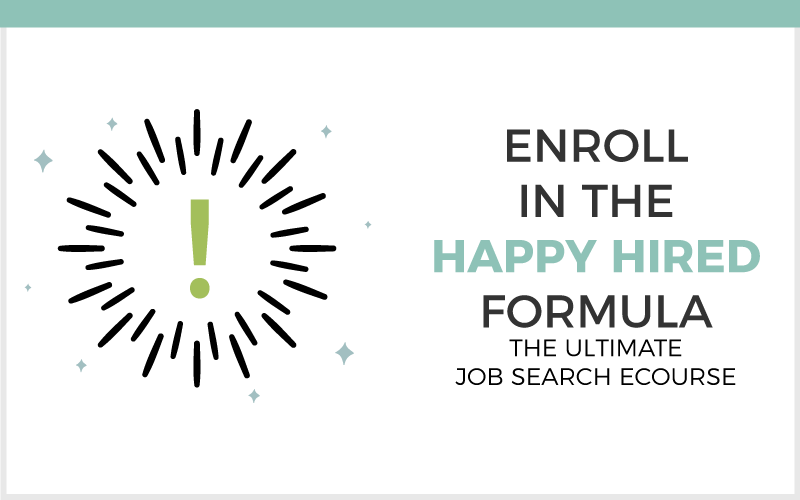LinkedIn’s “Open to Work” feature offers a unique badge you can display on your profile, signaling to the world that you’re on the lookout for new opportunities. But is it the right move for your career strategy? In this blog post, we’re going to explore the pros and cons of listing yourself as open to work on LinkedIn.
What is the Open to Work Badge?
The “Open to Work” badge on LinkedIn is a distinctive feature that users can add to their profile picture. It serves as a clear, visual indicator to recruiters, hiring managers, and your broader network that you are actively seeking new job opportunities.
Essentially, it’s like a beacon signaling your availability and openness to new career challenges. This badge can be customized to show the specific types of roles and industries you’re interested in, helping to tailor your job search and attract the most relevant opportunities. It’s a tool designed to make your job-hunting intentions transparent and to help you connect with potential employers more efficiently on the platform.
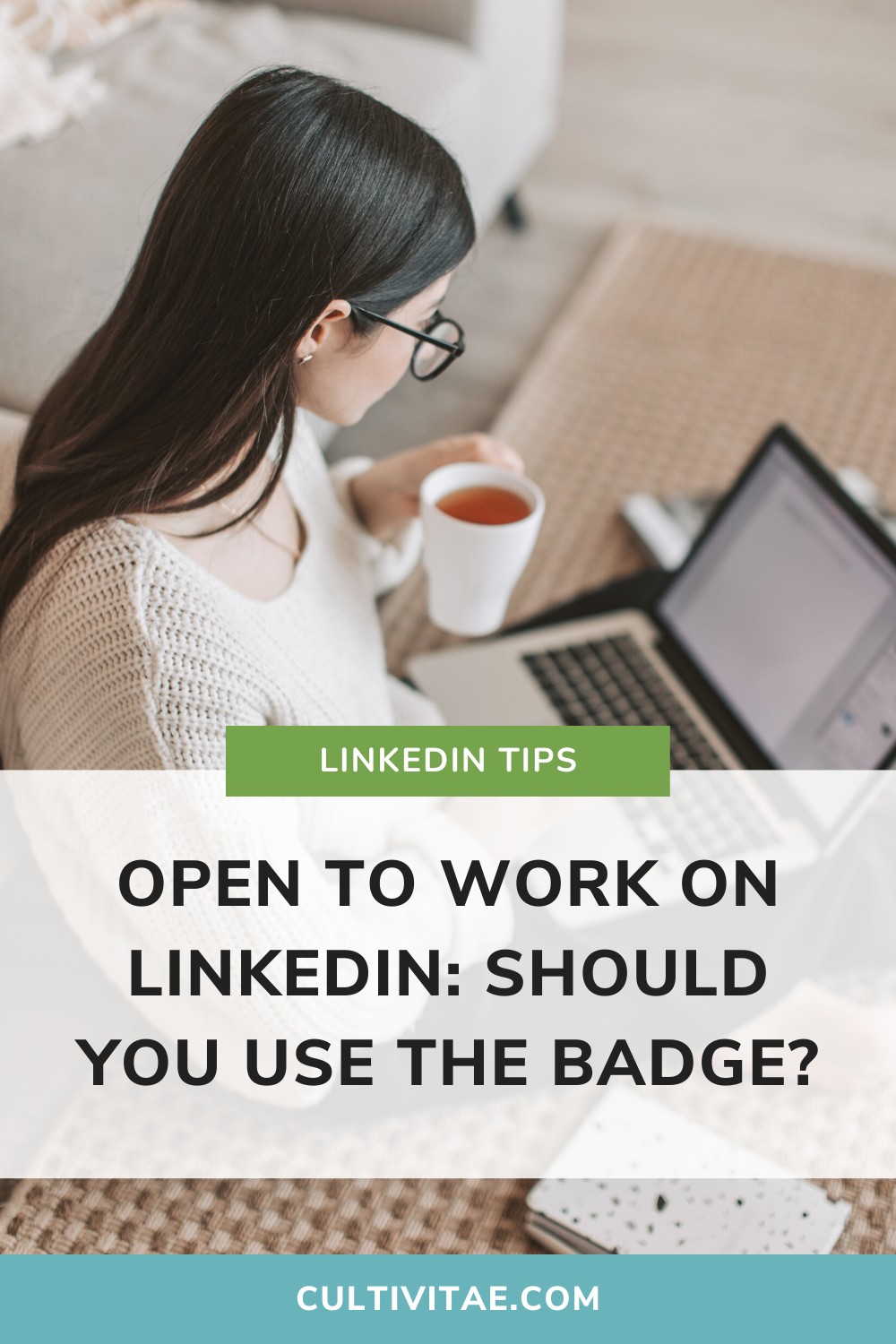
Open to Work on LinkedIn: Should You Use The Badge?
Related Post: LinkedIn Recommendation Examples
Open to Work on LinkedIn: Should You Use This Feature?
Let’s talk about LinkedIn’s “Open to Work” feature. You might have seen it on profiles and wondered if it’s something you should try. Well, like most things in the job search world, it has its ups and downs. Let’s chat about the good stuff and the not-so-good stuff to help you figure out if it’s a fit for you.
Pros of Using the Open to Work Badge
Increased Visibility:
This little badge is pretty much a beacon for recruiters. It’s like raising your hand in a crowded room saying, “Hey, I’m ready for something new!” It puts you in the spotlight and could lead to more recruiters sliding into your DMs with job opportunities.
Efficient Networking:
Think of it as a conversation starter. It takes away the awkwardness of reaching out. People in your network see you’re on the lookout and might think of you when opportunities pop up. It’s like telling your friends, “Hey, keep me in mind if you hear about any cool job openings!”
Targeted Opportunities:
The cool part? You can get specific about what you’re looking for. Whether it’s a dream role or a preferred location, this badge combined with your LinkedIn title and keywords can help you attract opportunities that actually match what you want.
Cons to Using the Open to Work Badge
Possible Negative Perception:
Here’s the tricky part. Some folks might see your badge and think you’re just desperately grabbing at any job. It’s a bit of a stigma, though it’s not always the case, and it can unfairly color how people see your professional status.
My personal take is if someone is going to judge you for letting your ego out the door, they probably won’t be a great boss. The Open to Work badge has been around for years. If it did more harm than good, LinkedIn would have removed it by now.
A recruiter also brings up a good point, if a company puts a purple I’m Hiring badge, does it make them look desperate? Seeing how recruiters from competitive companies like Tesla, Google, and Deloitte have this badge on, I’d venture to guess no.
Alerting Your Current Employer:
If you’re currently working, flashing the “Open to Work” badge is like a big neon sign to your boss that says, “I’m heading out!” This could lead to some awkward talks at your current job.
Too Many Messages:
More visibility is great, but it can also mean getting bombarded with messages, including scams, spam, or fake opportunities. And let’s be honest, not all of the real job opportunities will even be the right fit that you’re hoping for. Sifting through a pile of ‘meh’ to find the ‘wow’ can be a bit of a chore.
What to Think About Before Turning on the Open to Work Feature
Before turning on the open to work badge, consider the following:
Your Current Job Status:
Are you currently employed and how might your employer react? This is big. If you’re in a role right now, consider how your boss or colleagues might view this. It’s not just about risking your current position; it’s about maintaining professional relationships. You don’t want to burn bridges or create awkward tension in the workplace.
Do You Know What You’re Looking For In Your Next Job?
What’s your ideal next step? It’s easy to say, “I need a new job,” but what does that really mean for you? Are you chasing a higher salary, better work-life balance, more exciting projects, or a step up the career ladder? Knowing what you want helps you attract the right opportunities. It’s like going to a huge bookstore – sure, you could wander aimlessly, but isn’t it better when you know what section to head to?
How Prepared Are You for New Opportunities?
Are your resume and LinkedIn profile up to date and reflective of your best professional self? Before you signal to the world that you’re ready for new challenges, make sure you’re actually ready to present yourself in the best light. That means a polished resume, a LinkedIn profile that pops, and maybe brushing up on those interview skills.
How Do You Feel About This Being Public?
How do you feel about being openly on the job market? Some people are totally comfortable with their network knowing they’re looking for new opportunities, while others might not want everyone to know they are job searching and prefer a more private approach. There’s no right or wrong here, just what feels aligned for you.
The Potential Influx of Communications:
This one varies depending on the job market, but in an ideal world, are you ready to handle the responses if you have recruiters reaching out to you? This could range from a trickle to a flood, depending on your industry and profile. Be prepared to respond, even if it’s just to refer a colleague to opportunities that aren’t a fit. It keeps your professional network healthy and active.
Related Post: How to Optimize Your LinkedIn Profile for Multiple Target Roles
Alternatives to the LinkedIn Open to Work Badge
If you’re hesitant about using the “Open to Work” badge, don’t worry— there are other strategies to signal your interest in new opportunities without broadcasting it to your entire network.
Let’s explore a few:
Network, Network, Network!
Start reaching out privately to individuals in your network. This can be former colleagues, mentors, or industry connections. A personal message can be much more effective and discreet than a public badge. Share your career aspirations and ask if they’re aware of any opportunities that might be a good fit. It’s networking with a personal touch.
Join LinkedIn Groups:
Engage in industry-specific LinkedIn groups. These platforms are great for networking, learning about your field, and discreetly signaling your interest in new opportunities. Contributing to discussions and sharing your expertise can catch the eye of potential employers or collaborators who are also active in these groups.
Update Your LinkedIn Profile:
A well-crafted LinkedIn profile can do wonders. Regularly updating your skills, accomplishments, and career milestones can draw attention to your profile. Use the featured section to showcase your best work, projects, or any accolades that you’re proud of.
Utilize the LinkedIn Open to Work Setting for Recruiters Only:
LinkedIn allows you to display your job-seeking status only to recruiters outside of your current company. This feature is less visible than the public badge and targets only those who are in a position to offer you a job.
However, take this feature with a grain of salt because it’s not 100% guaranteed that no one from your current workplace will see it!
Publish Content and Stay Active on LinkedIn:
Share your knowledge, opinions, and insights relevant to your industry. Writing articles, posting updates, and engaging with others’ content can increase your visibility and position you as a knowledgeable professional in your field. It’s a subtle yet powerful way to indicate your passion and expertise, drawing the right attention.
Get Referrals Through Personal Connections:
A direct referral to a company is often much more effective than any online badge. Reach out to friends, family, or former colleagues for referrals to open positions they might be aware of. A recommendation from a mutual connection carries a lot more weight than a random application.
Attend Virtual Networking Events and Webinars:
Participate in online industry events, webinars, and discussions. These can be excellent venues to connect with like-minded professionals and potential employers, often leading to opportunities that are not publicly advertised.
When it comes down to it, deciding to use the “Open to Work” feature on LinkedIn is about what feels right for you in your job search journey. It’s a bit like choosing the right outfit for an interview – you want to feel confident and comfortable in how you present yourself to the professional world.
Using the badge can open yourself up to new opportunities, letting recruiters know you’re actively looking. But it’s not the only way to get noticed. You can also dive into networking, participate in relevant discussions, or showcase your expertise through articles and posts without the badge.
Your job search is personal, and there’s no one-size-fits-all approach. Whether you go for the badge or take a more subtle route, stay true to what’s most aligned to you and your career goals.
If you’re ready to find a better role for this season of your life, check out my FREE on-demand masterclass to get the freshest strategies on how to go from feeling stuck to landing more ALIGNED interviews & offers.
Emily Liou and her team believe that everyone can land their dream job. Want to find out more about how you can wake up happier on Mondays? Whether you like to work at your own pace or have a group to hold you accountable, there’s a Happily Hired job search program to shortcut your job search today.

